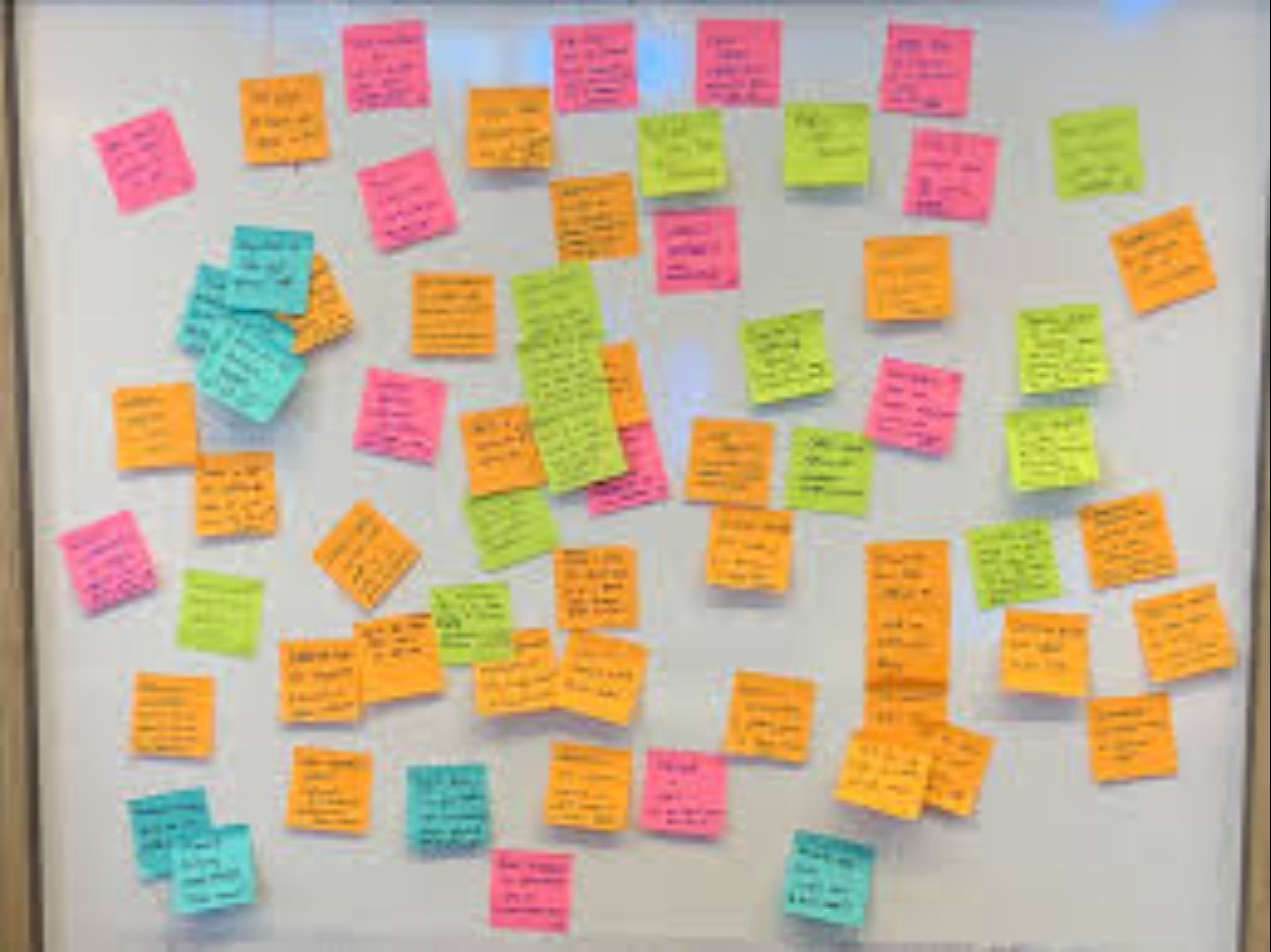Every day, individuals juggle countless tasks, appointments, and fleeting thoughts. In this whirlwind of information, sticky notes serve as humble yet powerful cognitive aids, bridging the gap between intention and execution. Far more than colorful squares of paper, sticky notes tap into fundamental principles of human memory, attention, and motivation. Understanding the psychology behind these tiny reminders reveals why they continue to thrive in an increasingly digital world.
Externalizing Prospective Memory
Prospective memory—the ability to remember to perform an action in the future—is notoriously fallible. Whether it’s remembering to send an email, submit a report, or pick up groceries, our minds often fail under the weight of competing demands. Sticky notes act as external memory stores, offloading the burden from our cognitive system. By placing a note in a prominent location, such as a computer monitor or refrigerator door, we create a salient environmental cue that triggers the intended action at just the right moment. This externalization reduces mental load, freeing up working memory for creative thinking and problem-solving.
The Power of Visual Salience
Human attention is drawn instinctively to stimuli that stand out. Brightly colored sticky notes leverage visual salience, making reminders difficult to ignore. The peripheral vision captures these pops of color even when our focus lies elsewhere, ensuring that the reminder registers without conscious effort. This principle is akin to road signs or warning labels designed to intercept attention instantly, enhancing the likelihood that we’ll notice and act on the message before it fades from short-term memory.
Encoding Specificity and Contextual Cues
According to the encoding specificity principle, memory retrieval is more effective when contextual cues at recall match those present during encoding. By writing a note at the precise location and time relevant to the task—such as jotting “Call Dr. Smith” on a note and placing it on the phone receiver—we align the environment with the intended action. When the individual encounters the sticky note in situ, the surrounding context primes the associated memory, facilitating seamless recall and execution.
The Zeigarnik Effect and Task Completion
The Zeigarnik effect posits that people remember incomplete tasks better than completed ones. An unfulfilled sticky note reminder serves as an open loop in our cognitive system, drawing attention until the action is finished. Each glance at the note reinforces the unfinished business, exerting a gentle psychological tension that motivates completion. Once the task is done and the note removed, the cognitive tension dissipates, providing a sense of closure and satisfaction.
Spaced Reminders and the Spacing Effect
Learning and remembering information improve when exposures are spaced over time—a phenomenon known as the spacing effect. Sticky notes enable spaced reminders by allowing multiple notes for the same task to be placed in different locations or at staggered intervals. For instance, a student might post “Study for biology exam” on the bedroom mirror, then another on the school locker, spaced across waking hours. Each encounter reinforces the memory trace, enhancing retention and reducing forgetting.
Embodied Cognition and the Act of Writing
The simple act of handwriting a reminder activates embodied cognition processes, linking motor movements with memory encoding. Unlike typing, writing by hand creates unique neural patterns that strengthen memory formation. Moreover, physically placing the note transforms the reminder into a tangible artifact, forging a multisensory connection—visual, kinesthetic, and textual—that deepens the encoding and retrieval pathways.
Motivation through Visual Progress Tracking
Sticky notes also serve as visual tokens in progress-tracking systems, such as Kanban boards or task lists. Moving a note from “To Do” to “Done” provides immediate feedback and taps into our innate desire for completion. This visual progress fosters intrinsic motivation by rewarding each small achievement, releasing dopamine and reinforcing productive behaviors. Over time, the accumulation of completed notes becomes a powerful motivational tool, illustrating how far one has come.
Customization and Cognitive Ownership
The flexibility of sticky notes—writing style, color choice, placement—encourages personalization, fostering a sense of cognitive ownership. When individuals tailor their reminders to their preferences, they invest more psychological energy into the task, strengthening commitment. Whether sketching a quick doodle beside the reminder or choosing a favorite hue, these custom touches make the note more memorable and meaningful.
Balancing Digital and Analog Reminders
In an era dominated by digital notifications, sticky notes offer a tactile, low-tech complement. Unlike ephemeral alerts that can be silenced or buried, sticky notes occupy physical space, making them persistent and harder to dismiss. Their analog nature reduces digital fatigue, providing a refreshing break from screens and promoting mindful engagement with tasks. By integrating both analog and digital reminder systems, individuals create a robust network of cues that caters to diverse cognitive styles.
Sticky notes may be small, but their psychological impact is immense. By harnessing principles of prospective memory, visual salience, contextual encoding, and embodied cognition, these simple tools transform intentions into actions. They create cognitive scaffolding—external supports that lighten mental load, sustain motivation, and guide behavior. In both professional and personal spheres, sticky notes continue to thrive not despite, but because of, their elegant simplicity. As reminders of our promises to ourselves and others, they epitomize the idea that sometimes the smallest interventions yield the greatest results.
